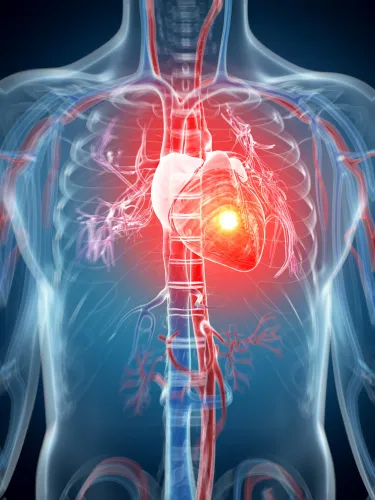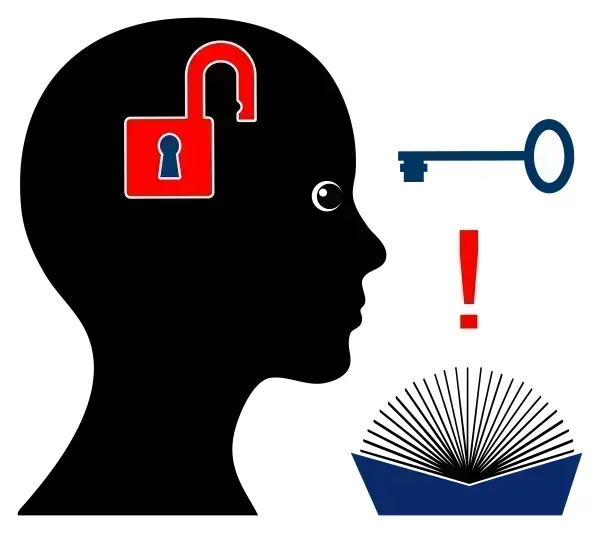Cardiology Coding Alert
ICD-10:
Discover MI Revisions, Hurricane Aftermath Section Addition, and Underdosing Clarification
Published on Mon Oct 29, 2018

You’ve reached your limit of free articles. Already a subscriber? Log in.
Not a subscriber? Subscribe today to continue reading this article. Plus, you’ll get:
- Simple explanations of current healthcare regulations and payer programs
- Real-world reporting scenarios solved by our expert coders
- Industry news, such as MAC and RAC activities, the OIG Work Plan, and CERT reports
- Instant access to every article ever published in Revenue Cycle Insider
- 6 annual AAPC-approved CEUs
- The latest updates for CPT®, ICD-10-CM, HCPCS Level II, NCCI edits, modifiers, compliance, technology, practice management, and more
Related Articles
Other Articles in this issue of
Cardiology Coding Alert
- ICD-10:
Discover MI Revisions, Hurricane Aftermath Section Addition, and Underdosing Clarification
Get the hang of all the new ICD-10-CM changes now, just in time for October. [...] - Coding Quiz:
Sharpen Your Cerebrovascular Accident and Disease Skills With This Quick Quiz
Hint: If you report codes from category I60-, make sure the patient has neurologic deficits. [...] - CPT® 2019:
Add These Cardiac Category III Options to Your Coding Arsenal
Hint: Observe these four new interrogation and programing evaluation codes. In Cardiology Coding Alert Vol. [...] - Quiz Answers:
Align Your Answers With These Cerebrovascular Accident and Disease Coding Solutions
Hint: Report codes for intraoperative or postprocedural CVAs with caution. Think you made an A+ [...] - You Be the Coder:
Don't Confuse 93293 For In-Person Evaluations
Question: Would we report 93293 for an in-person rhythm strip pacemaker evaluation? California Subscriber Answer: [...] - Reader Question:
Discover New Code 83722
Question: What can you tell me about the new CPT® 2019 code 83722? Ohio Subscriber [...] - Reader Question:
Puzzle Through These Pacemaker Mysteries
Question: We have the following puzzling scenarios taking place in our office, and I was [...] - Reader Question:
Pose These Questions to Cut Down on Protected Health Information Exposure
Question: Do you have any advice to help us protect our patients’ health information, if [...]
View All




